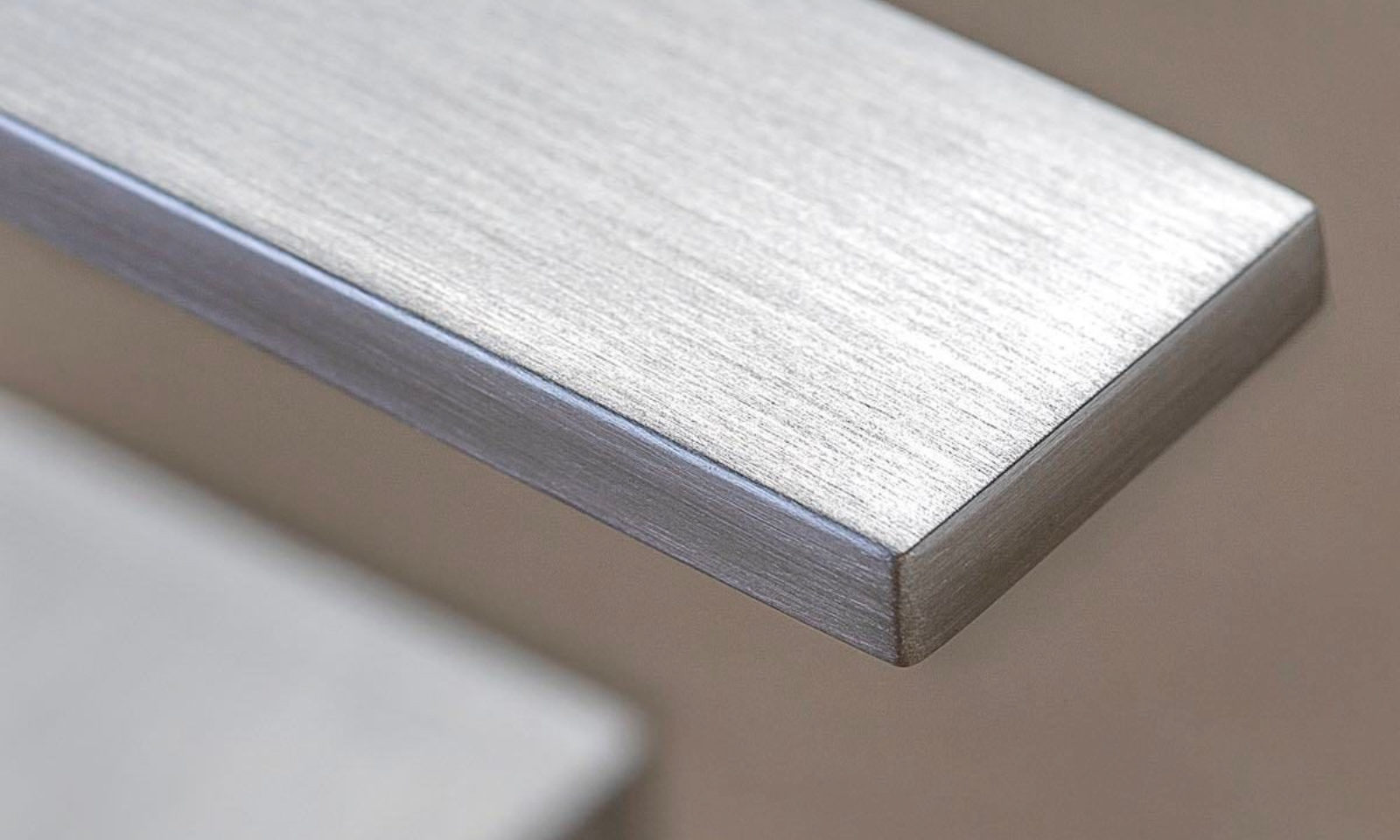

While reduction takes place at the cathode and the conventional current flows out of the device through this terminal. While it attracts positive charges, the electrode itself is negatively charged. An anode is an electrode where the electricity moves into. Difference between Anode and Cathode Maby Electricalvoice An anode is an electrode where the oxidation reaction takes place or we can also define it as the terminal in which current flows into a device from outside. It is often the underlying metal substrate. A cathode is an electrode from where the electricity flows out or is given out.
Return Current Path - The metallic pathway connecting the anode to the cathode. Electrolytes include aqueous solutions or other liquids. The cathode is the negative pole of a vacuum tube, or negative pole. Electrolyte - The conductor through which current is carried. The anode is the positive plate of a vacuum tube or positive pole of a semiconductor diode. The density and thickness of electrode is considered as an important factor in commercial batteries to get higher energy density. #Cathode vs anode full
Cathode - The electrode that receives electrons - positive ions are discharged, negative ions are formed. In addition, there are many systematic researches on the properties of electrode itself (cathode, and anode, ) to design a high performance full cell.  Anode - The electrode where galvanic reaction(s) generate electrons - negative ions are discharged and positive ions are formed. There are four elements necessary for corrosion to occur in a galvanic cell: The electromotive force is provided by a difference in concentration of the surfaces through the external path. An electric current (flow of electrons) is generated when the two electrodes are connected by an external, conductive path.Ī concentration cell consists of an anode and cathode of the same metal or alloy and a return current path. A bi-metallic couple is like a battery, consisting of two dissimilar metals immersed in an electrolyte solution. At the Cathode, electrons are moving from. Likewise, an anode is an electrode from which a current enters into a polarized electrical device. Oxidation occurs at the anode, so negative electrons are being stripped off an atom and moving to the positive anode. There are two primary types of galvanic cells that cause corrosion: the bi-metallic couple and the concentration cell. Therefore, a cathode is an electrode from which the current exits a polarized electrical device.
Anode - The electrode where galvanic reaction(s) generate electrons - negative ions are discharged and positive ions are formed. There are four elements necessary for corrosion to occur in a galvanic cell: The electromotive force is provided by a difference in concentration of the surfaces through the external path. An electric current (flow of electrons) is generated when the two electrodes are connected by an external, conductive path.Ī concentration cell consists of an anode and cathode of the same metal or alloy and a return current path. A bi-metallic couple is like a battery, consisting of two dissimilar metals immersed in an electrolyte solution. At the Cathode, electrons are moving from. Likewise, an anode is an electrode from which a current enters into a polarized electrical device. Oxidation occurs at the anode, so negative electrons are being stripped off an atom and moving to the positive anode. There are two primary types of galvanic cells that cause corrosion: the bi-metallic couple and the concentration cell. Therefore, a cathode is an electrode from which the current exits a polarized electrical device.






 0 kommentar(er)
0 kommentar(er)
